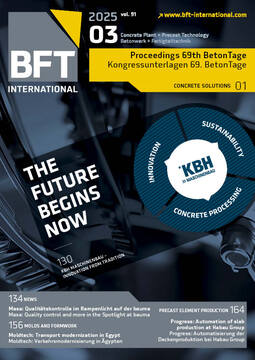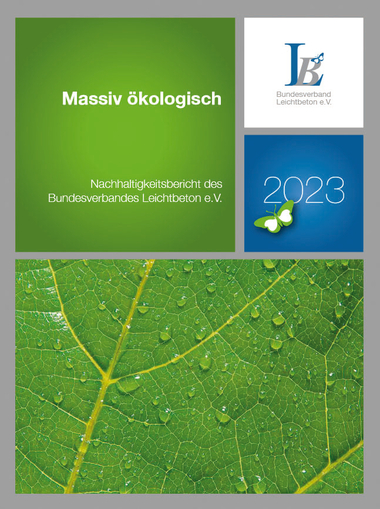Sustainability in lightweight concrete construction
Sustainability and climate protection are constantly gaining in significance in the construction industry and have come to play a key role in product development. In the face of climate change, dwindling resources and growing environmental requirements, developing more environmentally friendly and resource-efficient construction methods and materials is becoming exceedingly important. Even at the current stage, lightweight concrete stands out from other construction materials thanks to its many specific advantages. Primarily, it is its low bulk density associated with sound thermal insulation characteristics that eliminates the need for installing additional insulating materials. Furthermore, lightweight concrete products have a particularly good environmental footprint across their entire life cycle, which is partly due to their low primary energy consumption and high degree of recyclability. This applies to the two fundamentally different types of lightweight concrete, namely structural lightweight concrete and no-fines lightweight concrete, from which masonry blocks are produced. Manufacturers are currently pursuing a variety of approaches to further optimize lightweight concrete products, such as maximizing circularity through recycling or reuse, using recycled and innovative lightweight aggregates, considering recarbonation, developing mineral foams that provide highly efficient thermal insulation, optimizing the thermal properties of masonry blocks in terms of their material characteristics and perforation patterns, employing serial and modular prefabrication, and using clinker-efficient cements and alternative binders. The latter option appears to be particularly promising because the most significant carbon emissions identified in the life-cycle assessment result from the material’s cement content. This paper reports on the current status and approaches to further optimizing lightweight concrete products, focusing on masonry blocks made from no-fines lightweight concrete.






